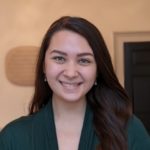Retelling Timeless Tales: How 2 Choreographers Have Remade Classic Ballets for Today’s World
The 21st century has ushered in a wave of choreographic reimaginings of 18th- and 19th-century classical ballet stories. These new works reinterpret well-known narratives by infusing contemporary themes and choreographic styles while updating stories for today’s audiences. This year alone saw two major, revitalized productions of Marius Petipa’s 1898 Raymonda: Tamara Rojo’s, for English National Ballet, and Rachel Beaujean’s, for Dutch National Ballet. Both versions updated the story to avoid the original narrative’s cultural and racial stereotypes.
Choreographers Matthew Bourne and Daniel Proietto have both reconceptualized classical themes for years, from Bourne’s groundbreaking Swan Lake to Proietto’s Blanc, a contemporary interpretation of Les Sylphides. Each spoke with Pointe about how they approached one of their recent works and what they find so compelling about reimagining the classics for today’s world, which craves evolution more than ever.
Matthew Bourne’s Romeo and Juliet (2019)
Matthew Bourne’s 1995 Swan Lake, featuring an all-male corps, became a cornerstone of contemporary story ballets. When approaching Shakespeare’s Romeo and Juliet 24 years later, the British choreographer says he wasn’t initially “raring” to dive into the iconic romantic tragedy. He felt it was an overdone story, and one that was expected of him after his prior works.
However, Bourne became excited about the prospect when his company, New Adventures, developed a project to support young artists in the UK. In April 2018, the company began a nationwide Romeo + Juliet audition tour for dancers between ages 16 and 19. Six were chosen to undergo an intensive rehearsal period and perform corps roles in Bourne’s ballet alongside the professional company at each of the 13 tour venues. Additionally, each member of the production team had a young associate working alongside them, from choreographers to conductors to designers.
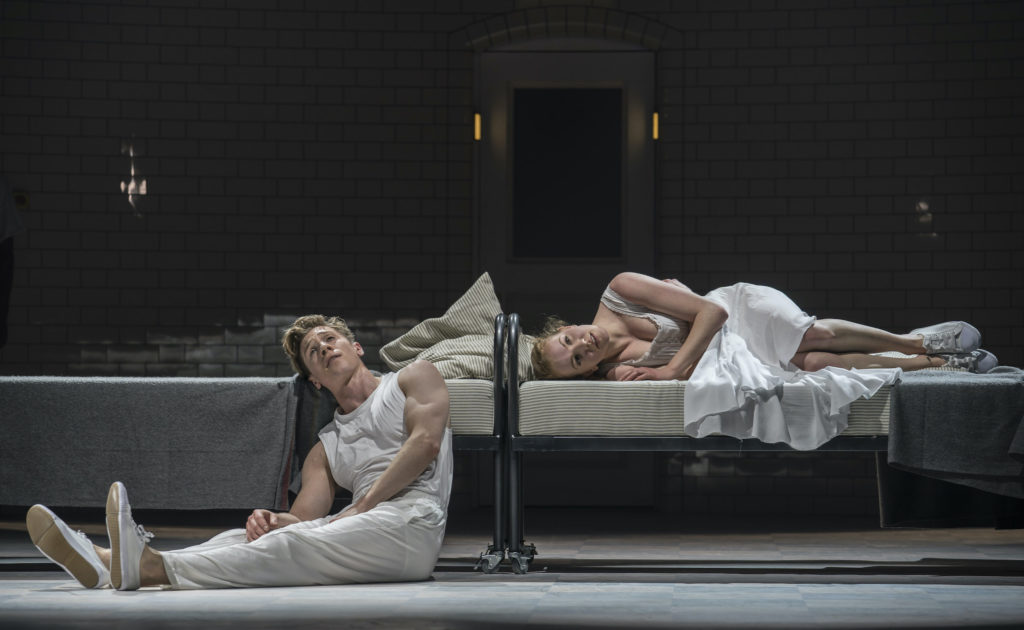
“It was very much about representing young people,” says Bourne, “and for me, that’s so exciting because Romeo and Juliet is about young people, about young love.”
As for the ballet itself, Bourne was inspired more by the source text and Prokofiev’s sweeping score than by past iterations of classical productions. He felt free to adapt the story, rejecting the original family-feud plot to focus more on young love persisting in a different adverse environment: the fictional Verona Institute, where the titular lovers meet in an asylum.
Bourne also adapted secondary characters’ motivations. Mercutio and Balthasar are queer lovers resisting violent threats and harassment from Tybalt, the institute’s abusive guard. The Montagues are celebrity parents hiding their son’s struggles from flashing cameras. The Capulet family never appears. Bourne’s story explores the intensity of young love grappling with abusive environments and forced conformity. Rather than focusing on feuding families, the ballet questions who, if anyone, modern society deems acceptable.
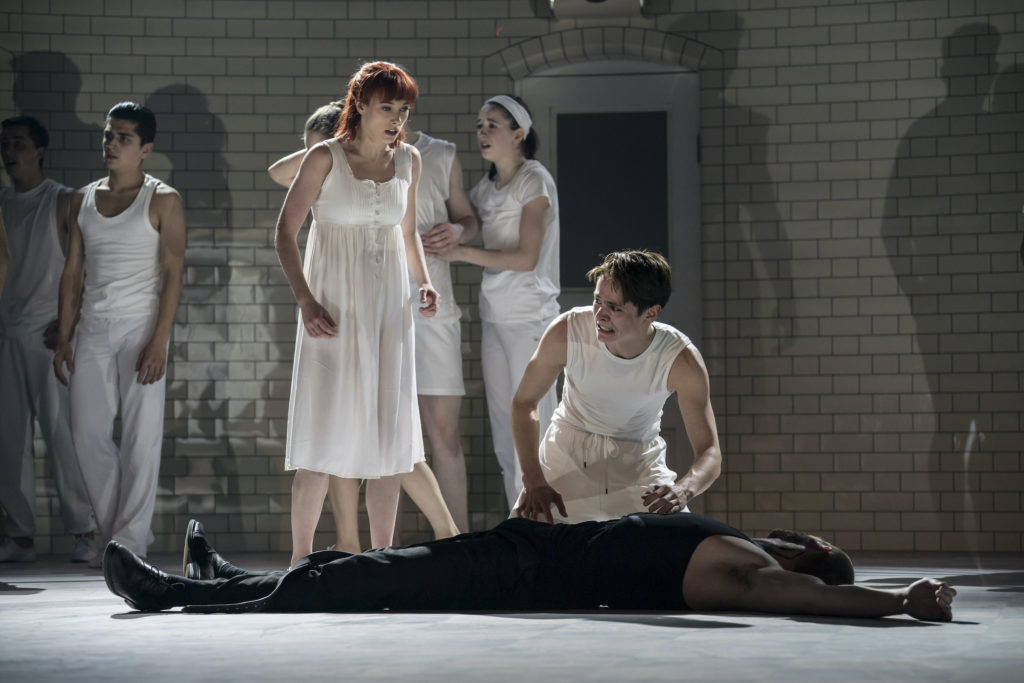
“Why do these kids fight?” Bourne asks, referencing the Sharks and the Jets from the musical West Side Story. “They’ve got too much emotion. They have to let it out somehow—too much emotion, too many feelings that made them seem unacceptable in society.”
Bourne notes that stories are often vehicles for preserving balletic choreography, but reinterpreting themes and movement can keep traditions alive while exploring modern viewpoints.
Daniel Proietto’s RASA (2020)
When choreographer Daniel Proietto saw The Royal Ballet perform La Bayadère in 2018, he says watching this ballet, steeped in Orientalism and cultural appropriation, in the capital of the former British colonial empire, was eye-opening. He recognized how problematic it was for a company, particularly one affiliated with the monarchy, to perform a ballet that stereotypes another culture.
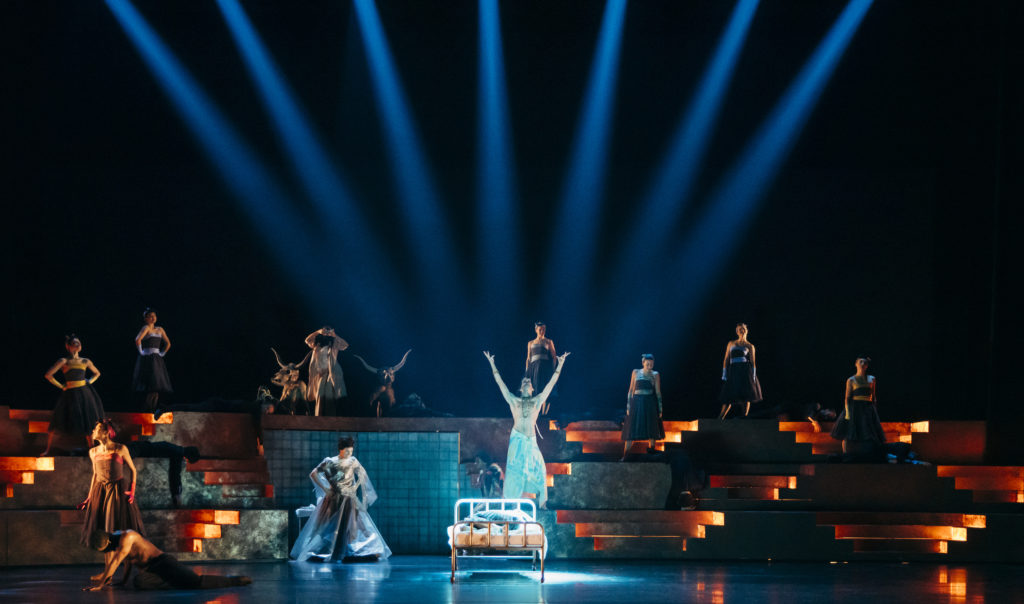
When Sidi Larbi Cherkaoui, then artistic director of Belgium’s Royal Ballet of Flanders, commissioned Proietto to create a new work to celebrate the company’s 50th anniversary, Proietto remembered that performance. He decided to address his misgivings about the classic by acknowledging Great Britain and India’s colonial history in his work.
He first spoke to friend and artistic collaborator Shantala Shivalingappa, an Indian Kuchipudi artist who has worked with Cherkaoui, Maurice Béjart and Peter Brook, among others.
“I wanted to have people that could have not my own view and not the European view, but, perhaps, [a view] of Indian culture, the view of somebody who came from there [and knew] the traditional art forms,” Proietto says about consulting Shivalingappa.
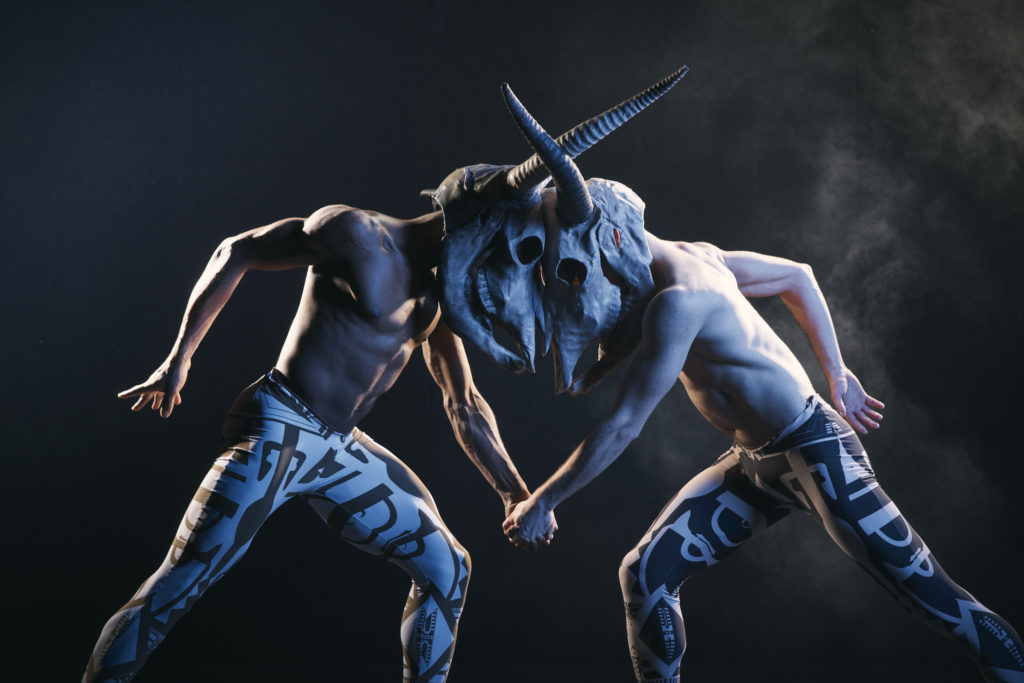
Shivalingappa organized a trip for Proietto to visit India and learn from local artists. He was wary of copying cultural elements and emulating dance techniques based on a single trip, when those take a lifetime to master. Rather, he met with local multidisciplinary artists who opened their doors and shared their craft with him. He then worked with themes, such as universality and surrealism, to comment on the colonial period without caricaturing Indian culture.
Proietto also wanted to re-empower the titular bayadères, based on devadasis, who he says were powerful, educated women until the arrival of the British, who thought they were prostitutes. Many bayadères ultimately ended up in prostitution because the colonial influence destroyed their reputation and livelihood. “I thought instead of trying to remake La Bayadère, just talk about these topics,” Proietto reflects. “It’s so much more relevant. It’s so much more important.”
In a social-surrealist setting, Nikiya, now named Nicky, is a transgender woman, and the Rajah is now Queen Victoria, who never visited India during her reign. The Shades are homeless people, the shadows of society, and sacred bulls take the stage. Instead of Ludwig Minkus’ score, Proietto uses an original soundscape. He deconstructs the original story and production to replace the Orientalist, romantic fantasy with an abstract commentary on British imperialism.
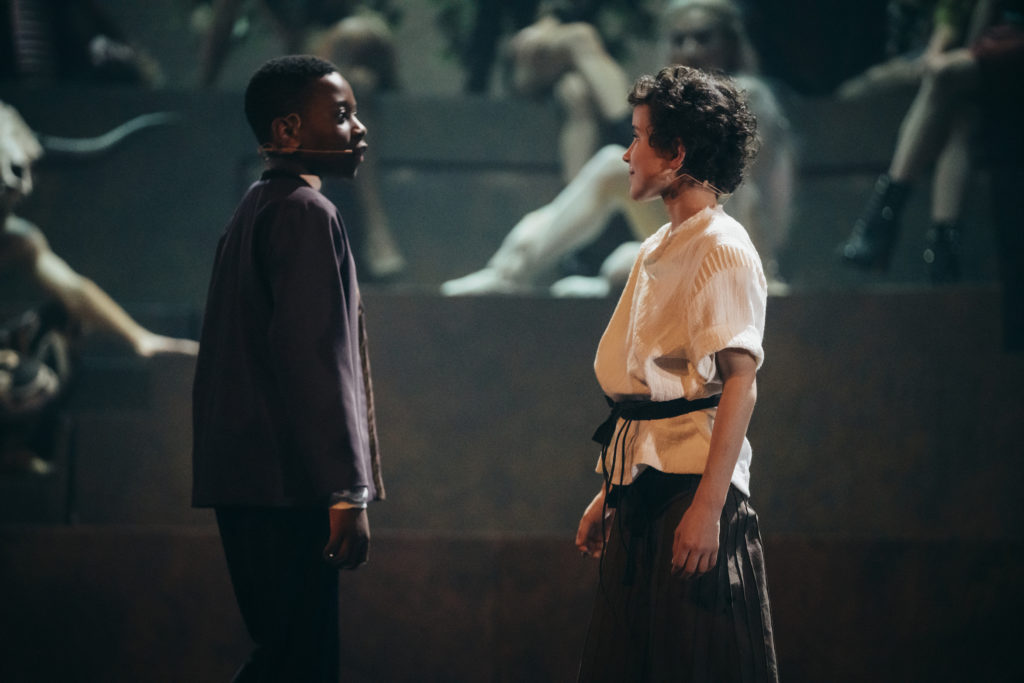
Proietto wants to respectfully portray non-European cultures onstage rather than continuing to caricature them. “[For] any country that has suffered the colonization of European power, we have always been—and I include myself, as an Argentinian—in the minority of the world,” Proietto says. “We have never been heard.”

